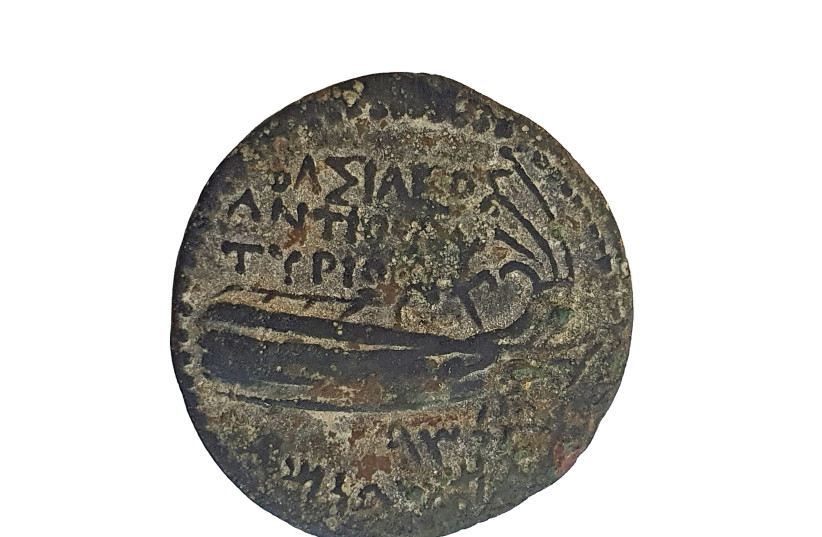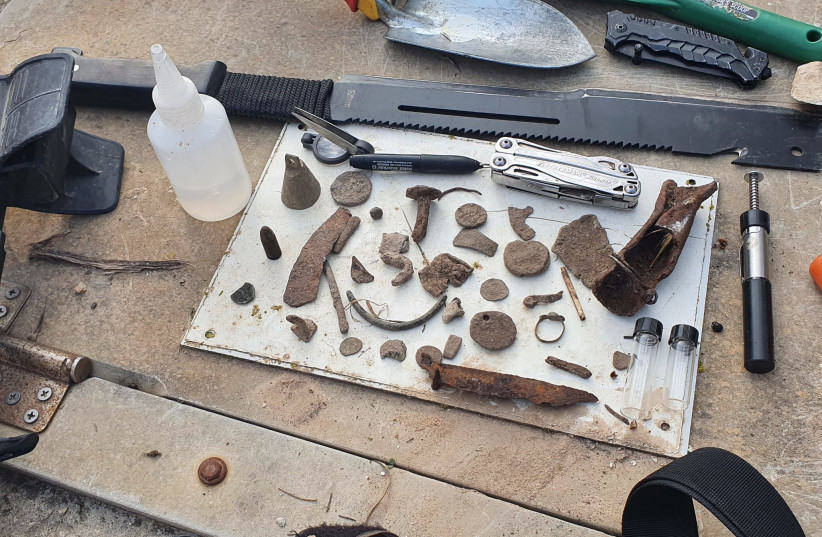 Pisarz nioblista Isaac Bashevis Singer w swoim domu w MIami, USA, 10 października 1978 r. (Fot. Kathy Willens/AP)
Pisarz nioblista Isaac Bashevis Singer w swoim domu w MIami, USA, 10 października 1978 r. (Fot. Kathy Willens/AP)
 Bogobojna prostytutka z żydowskiego półświatka. Powieść noblisty po raz pierwszy po polsku
Bogobojna prostytutka z żydowskiego półświatka. Powieść noblisty po raz pierwszy po polsku
Michał Nogaś
“Ruda Kejla” publikowana była w odcinkach w “Forwerts”, nowojorskiej lewicowej gazecie żydowskiej. Izaak Bashevis Singer pisał ją między grudniem 1976 a październikiem 1977 roku. Rok później dostał Nobla w dziedzinie literatury.
Debiutował w Polsce w 1925 roku opowiadaniem „Na starość” – ukazało się w „Literarisze Bleter” („Karty Literackie”), najważniejszym wtedy literackim piśmie kręgu języka jidysz. Od 1935 roku mieszkał i tworzył w Stanach Zjednoczonych. „Sztukmistrza z Lublina”, powieść, która przyniosła mu światowe uznanie, wydał 25 lat później.
Powieść odzyskana dzięki cyfrowemu archiwum
W powojennej Polsce teksty Singera zaczęły ukazywać się dopiero w 1983 r., 5 lat po przyznaniu mu Nobla. Znalazł się wśród nich „Sztukmistrz”. W sumie przełożono na polski 15 tomów opowiadań, 3 książki autobiograficzne, zbiór „Felietony, eseje, wywiady” i 15 powieści.
Właśnie dołączyła do tego zestawu kolejna – „Ruda Kejla” przetłumaczona i złożona w całość 45 lat po powstaniu.
„Ruda Kejla” („Jarme un Kejle”), napisana przez Singera w jidysz, nigdy nie ukazała się w Stanach Zjednoczonych w formie książki. Tekst został przełożony z jidisz na angielski, na podstawie tego manuskryptu dokonano tłumaczenia i wydano powieść po niemiecku i włosku.
W Polsce dostaliśmy właśnie przekład z oryginału autorstwa Krzysztofa Modelskiego – na podstawie wersji cyfrowej z archiwum „Forwerts”. Zabiegał o to wydawca, niewielka oficyna Fame Art działająca w podlubelskich Niemcach. Dlaczego? Okazało się, że w angielskim przekładzie książki zabrakło kilku stron oryginału. Chodziło o sceny, które w drugiej połowie lat 70. XX wieku w środowisku autora mogły zostać uznane za obrazoburcze. Choćby te, w których bohaterowie bez zbędnej pruderii rozmawiają o seksie lub go uprawiają. Zapewne także o słowa wypowiadane przez tytułową bohaterkę – prostytutkę, która postanowiła się nawrócić.
Akcja rozpoczyna się w Warszawie w lecie 1911 r. W cesarstwie dochodzi do pogromów, tysiące ludzi emigrują do Ameryki.
Ale „w melinie na Krochmalnej 6 nie czytano żadnych gazet i nie zajmowano się polityką”. W tym właśnie miejscu sporo czasu spędzają główni bohaterowie powieści – Jarme Bodik, potomek złodziei z Piask, i jego żona, była prostytutka Ruda Kejla. Są, jak i wielu sąsiadów podopiecznymi Ślepego Icze, lokalnego mafioza dbającego o porządek w tej części żydowskiej dzielnicy.
Maks Kuśtyga, “anioł śmierci”
Jarme i Kejla marzą o lepszym życiu i świecie – ledwo wiążą koniec z końcem, ona z miłości do męża zrezygnowała z wykonywania dotychczasowego zawodu, on nie przejawia zdolności organizacyjnych, żaden z niego handlarz czy przedsiębiorca. Nadziei upatrują raczej w przeprowadzeniu dobrze przygotowanego, wraz z okolicznymi kompanami, napadu na bank czy innej akcji, która pozwoli im się wzbogacić i uciec z terenu Imperium Rosyjskiego. To coraz trudniejsze do życia miejsca – z powodu narastającej biedy i widma nadchodzącej wojny, ale także zagrożenia kolejnymi pogromami.
I wtedy, gdy pewnego wieczoru wybierają się – wydając ostatnie zaskórniaki Kejli – do teatru „los zsyła im Maksa Kuśtygę”.
Kuśtyga, właściwie Maks Lewitas, obłudnik, cwaniak i handlarz żywym towarem, okaże się – zgodnie z przeczuciami Kejli – „aniołem śmierci” jej małżeństwa z Jarmem. Najpierw roztoczy przed dawnym znajomym z więzienia i jego żoną wizję wspaniałej przyszłości w Ameryce Południowej, w której będą wspólnie prowadzić intratny interes, a była prostytutka zostanie opiekunką przywiezionych z Polski kobiet. Następnie zmusi ich do wydobycia od bogatych, samotnych, schorowanych Żydów pieniędzy niezbędnych do „nabycia” kobiet, które mogłyby trafić do domów publicznych w Rio de Janeiro i Buenos Aires. A ostatecznie, wykorzystując wybitnie słaby charakter Jarmego, spróbuje narzucić jemu i Kejli życie w trójkącie.
Klimat dawnej Warszawy i Nowego Jorku
W „Rudej Kejli” Izaak Baszewis Singer wspaniale oddaje klimat żydowskiej Warszawy czasu końca zaborów i nadchodzącej I wojny światowej. Krochmalna, Żelazna czy Gnojna tętnią tu życiem, podwórka są pełne sąsiedzkich nawoływań, w niewielkich sklepikach wymienia się towary i najświeższe wiadomości, a w spelunach toczy się nie do końca bezpieczne życie towarzyskie. Singer pokazuje napięcia, atmosferę przedpogromową.
To także opowieść o Nowym Jorku drugiej dekady XX wieku. Gdy do miasta nadziei i marzeń trafiają w końcu Ruda Kejla i Bunem, nastolatek z religijnej rodziny, dzielnica, w której przychodzi im zamieszkać, jest „czymś w rodzaju Krochmalnej, lecz (…) gorzej”. Próbują odnaleźć się we wspólnocie imigrantów z całego świata, szybko jednak okazuje się, że nie ma im ona do zaoferowania niczego ponad to, czego doświadczyli w Imperium Rosyjskim. I że nie ma ucieczki przed przeznaczeniem oraz odpowiedzialnością za popełnione w Warszawie czyny. Ziemia obiecana okazuje się przekleństwem.
Odzyskać twórczość wybitnie utalentowanego rodzeństwa
W opowieści o bohaterach z okolic Krochmalnej Singer pieczołowicie odtwarza świat znany z własnego dzieciństwa. Od 1908 do 1917 mieszkał przy Krochmalnej, najpierw pod numerem 10, potem 12. A gdy opisuje zagubienie i rezygnację tych, którzy trafili do Nowego Jorku, także czerpie z własnych doświadczeń. Pierwsze, niełatwe lata po drugiej stronie oceanu opisywał w wielu tekstach, choćby w opowiadaniu „Zagubiony w Ameryce” oraz powieści autobiograficznej „Miłość i wygnanie”.
W „Słowie od tłumacza” Krzysztof Modelski pisze o „Rudej Kejli”: „Niektórzy krytycy i badacze literatury jidysz (…) sytuują ją w kręgu literatury szund. ‘Szund’ tłumaczy się zwykle na język polski jako szmira, tandeta, literatura brukowa. Chodzi tu jednak nie tyle o brak wartości literackiej, a o zagnieżdżenie w półświatku, w brudnych sprawkach i ciemnych interesach, o wątek kryminalny, o słownictwo często dalekie od salonowego. Sensacyjna żywa fabuła staje się dla Singera pretekstem do stawiania poważnych pytań o charakterze egzystencjalnym, ale i o przełamywanie kulturowego tabu”.
„Ruda Kejla” zdaje się też dopełnieniem misji wydawnictwa Fame Art. Przyjęło ono sobie za cel przypomnienie lub odzyskanie dla polskiego czytelnika twórczości niezwykle utalentowanego rodzeństwa. Najpierw (w przekładach kilku autorów) ukazały się opowiadania siostry noblisty Ester Kreitman-Singer, następnie (już w tłumaczeniu Modelskiego) krótkie formy oraz znakomita powieść „Towarzysz Nachman” starszego brata Izraela Joszuy (zmarłego w 1944 roku w Nowym Jorku), a teraz wreszcie nieznana powieść najmłodszego z trójki.
Izaak Baszewis Singer, “Ruda Kejla”, przeł. z jidysz Krzysztof Modelski, wyd. Fame Art, Niemce 2022

 Michał Nogaś – Dziennikarz działu Kultura od 2016 roku. Pisze i rozmawia nie tylko o literaturze. Publikuje w “Wyborczej”, “Książkach. Magazynie do Czytania”, “Wysokich Obcasach”. Współtworzy “8:10. Podcast Gazety Wyborczej”.
Michał Nogaś – Dziennikarz działu Kultura od 2016 roku. Pisze i rozmawia nie tylko o literaturze. Publikuje w “Wyborczej”, “Książkach. Magazynie do Czytania”, “Wysokich Obcasach”. Współtworzy “8:10. Podcast Gazety Wyborczej”.
Zawartość publikowanych artykułów i materiałów nie reprezentuje poglądów ani opinii Reunion’68,
ani też webmastera Blogu Reunion’68, chyba ze jest to wyraźnie zaznaczone.
Twoje uwagi, linki, własne artykuły lub wiadomości prześlij na adres:
webmaster@reunion68.com





